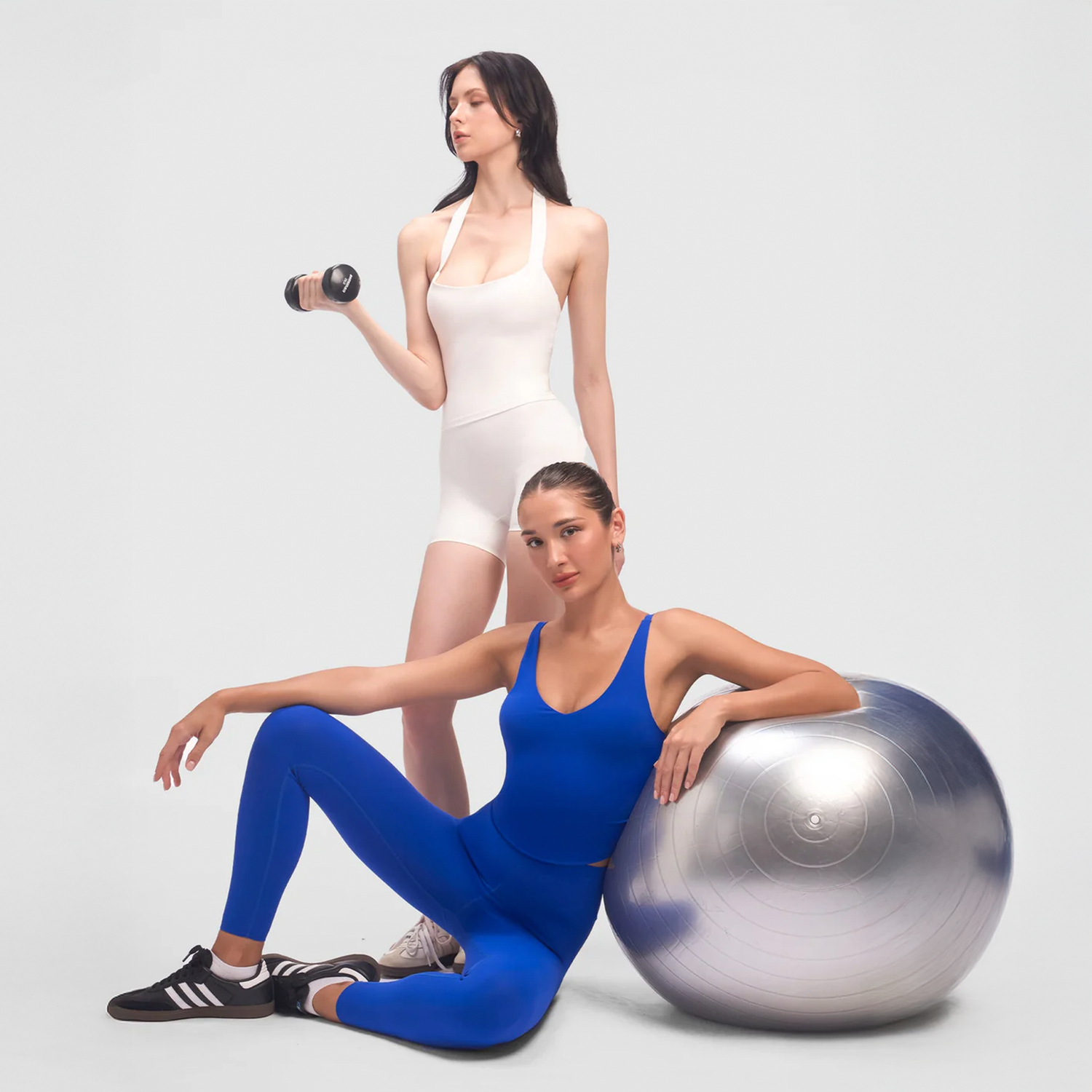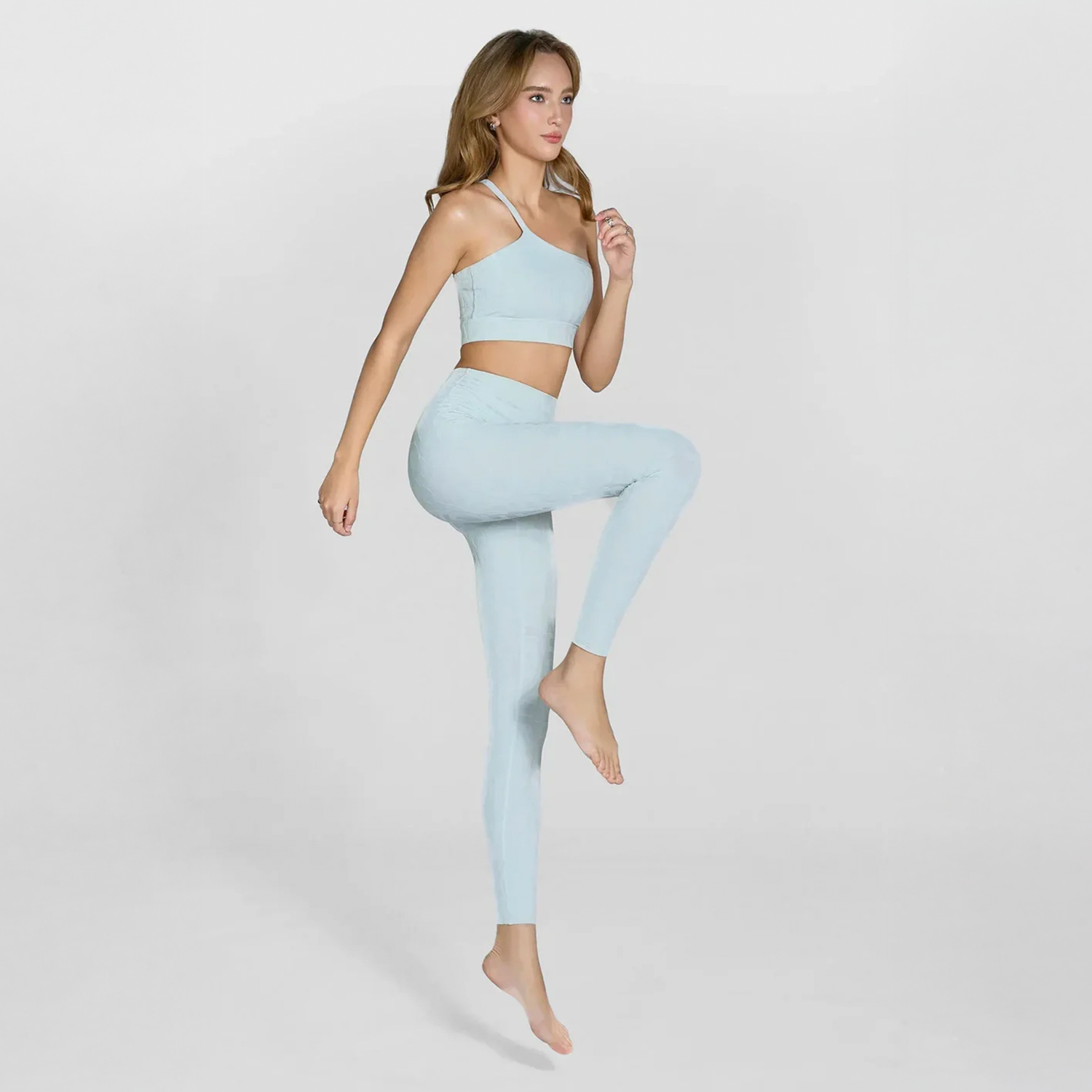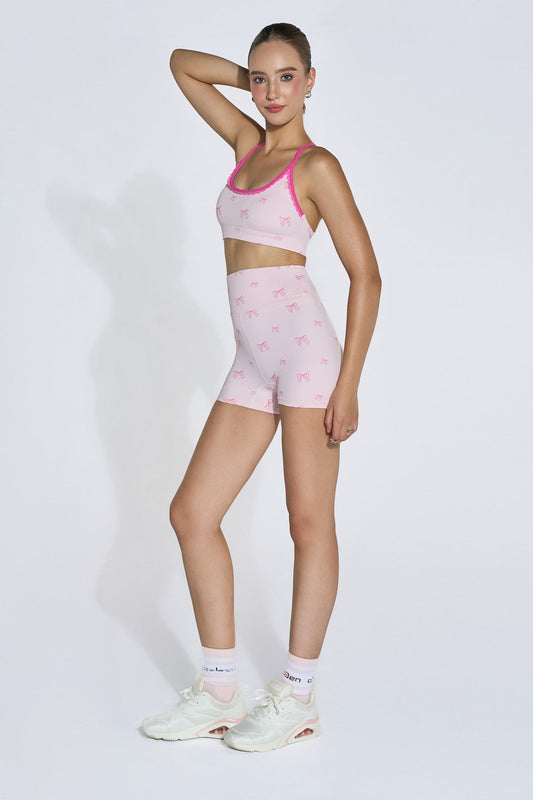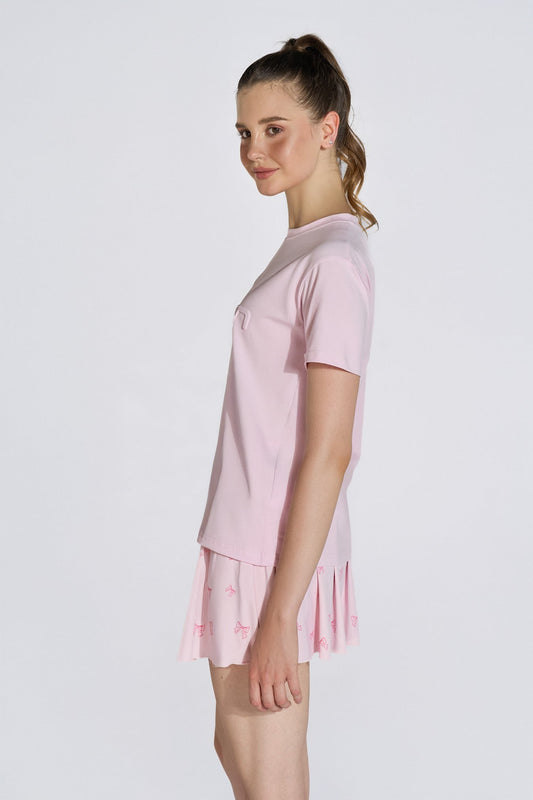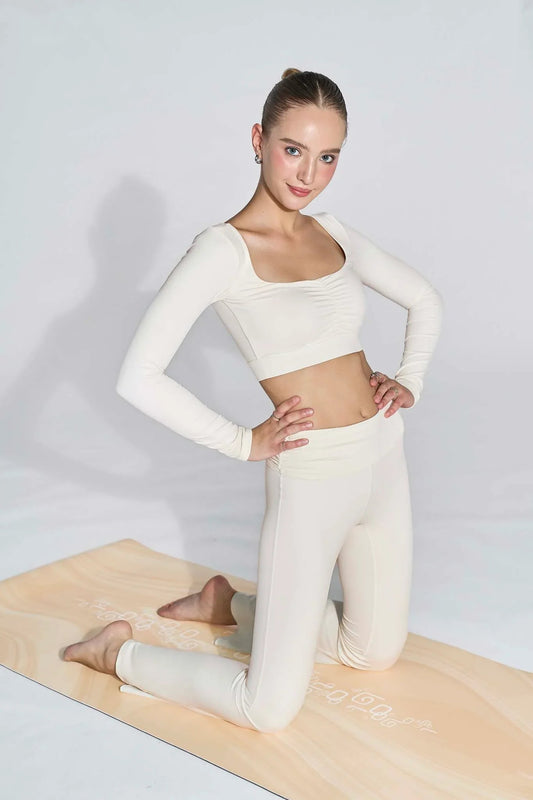At Olaben, we believe yoga is not just a workout — it’s a lifestyle that helps you find balance, focus, and strength. Among the many styles of yoga, Hatha Yoga is one of the most popular and accessible practices, perfect for both beginners and experienced yogis. If you’re curious about what Hatha Yoga is, its benefits, and which poses to try, this guide is for you.
What Is Hatha Yoga?
Hatha Yoga is one of the oldest branches of yoga, dating back thousands of years. The word Hatha comes from Sanskrit: Ha means “sun” and Tha means “moon,” symbolizing balance and harmony. Hatha Yoga focuses on physical postures (asanas), breathing techniques (pranayama), and meditation to align your body, mind, and energy.
Unlike fast-paced yoga styles like Vinyasa or Power Yoga, Hatha Yoga is typically slower, with an emphasis on holding poses for longer periods. This makes it an excellent choice for anyone looking to improve flexibility, calm the mind, and strengthen the body at a steady, mindful pace.

Benefits of Hatha Yoga
Practicing Hatha Yoga regularly can lead to a wide range of physical and mental benefits, including:
- Improved Flexibility – Holding poses allows your muscles to stretch gradually, enhancing overall mobility.
- Better Posture & Strength – Many Hatha poses build core, back, and shoulder strength, helping you sit and stand tall.
- Stress Reduction – Slow breathing and mindful movement help calm the nervous system and reduce anxiety.
- Increased Energy & Focus – By balancing your body’s energy, Hatha Yoga can help boost mental clarity and focus throughout the day.
- Better Sleep – A regular Hatha practice is known to improve sleep quality and reduce insomnia symptoms.
Popular Hatha Yoga Poses and Their Benefits
If you’re new to Hatha Yoga, these classic poses are a great place to start. They build strength, improve flexibility, and calm the mind — all while being beginner-friendly.
Mountain Pose (Tadasana)
Mountain Pose is the foundation of all standing poses in yoga. You simply stand tall with feet hip-width apart, shoulders relaxed, and arms by your sides. Although it looks simple, this pose improves posture, strengthens the thighs, knees, and ankles, and helps you feel grounded and stable. Practicing Tadasana regularly increases body awareness and teaches you proper alignment for other standing poses.

Downward-Facing Dog (Adho Mukha Svanasana)
One of the most recognizable yoga poses, Downward-Facing Dog creates an inverted “V” shape with your body. It stretches the hamstrings, calves, and shoulders while lengthening the spine. This pose also energizes the body, relieves fatigue, and helps calm the mind. It’s an excellent posture to transition between other poses or use as a resting position during your flow.

Warrior II (Virabhadrasana II)
Warrior II is a powerful standing pose that strengthens the legs, hips, and core while improving stamina and concentration. With arms extended and gaze focused over the front hand, this pose opens the chest and hips, builds endurance, and promotes a sense of confidence and determination. Holding Warrior II can also improve balance and stability.

![]() Triangle Pose (Trikonasana)
Triangle Pose (Trikonasana)
Triangle Pose is a side-bending posture that deeply stretches the hamstrings, hips, and side body. It improves balance, strengthens the legs, and enhances flexibility in the spine and shoulders. This pose is also known for stimulating digestion and encouraging better circulation. Focus on keeping both sides of the torso long to avoid collapsing into the pose.

Bridge Pose (Setu Bandhasana)
Bridge Pose is a gentle backbend that strengthens the glutes, hamstrings, and lower back while opening the chest, heart, and shoulders. It can help improve spinal flexibility and relieve tension from sitting for long periods. Many people also find Bridge Pose calming and beneficial for reducing mild anxiety or fatigue.

Corpse Pose (Savasana)
Often considered the most important pose of a yoga practice, Savasana allows your body to fully relax and absorb the benefits of your session. You simply lie flat on your back, arms at your sides, eyes closed, and breathe deeply. This pose promotes deep relaxation, reduces stress, and helps integrate the physical and mental effects of your practice.

Get Started with Olaben
At Olaben, we create high-quality yoga gear to support your practice — from premium yoga mats that provide excellent grip, to sports bras designed for comfort and movement, and yoga blocks to help you find perfect alignment in every pose.
Explore our collection at Olaben.com and start building a practice you love.



